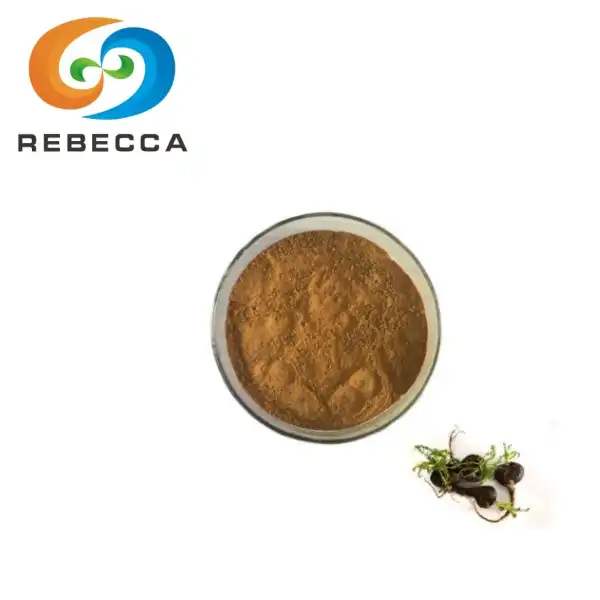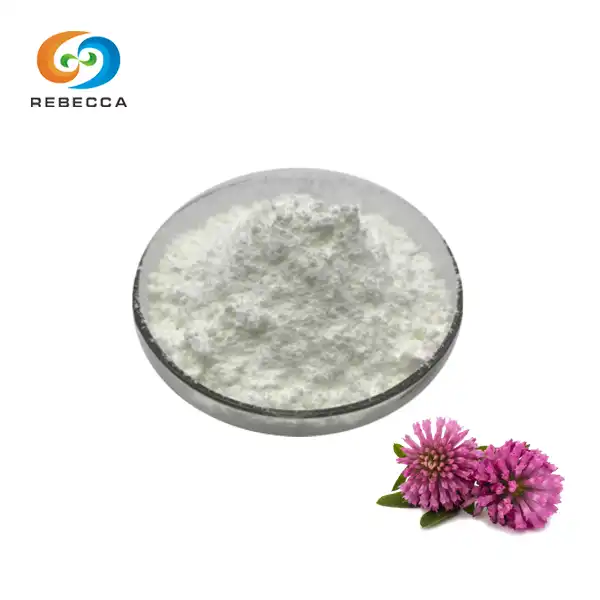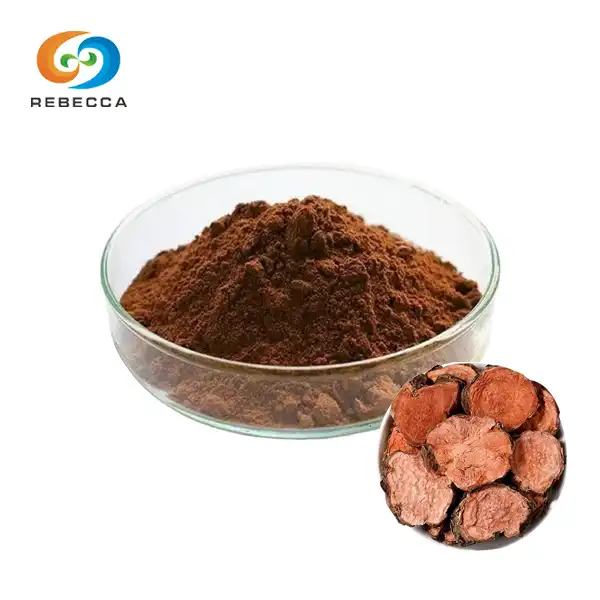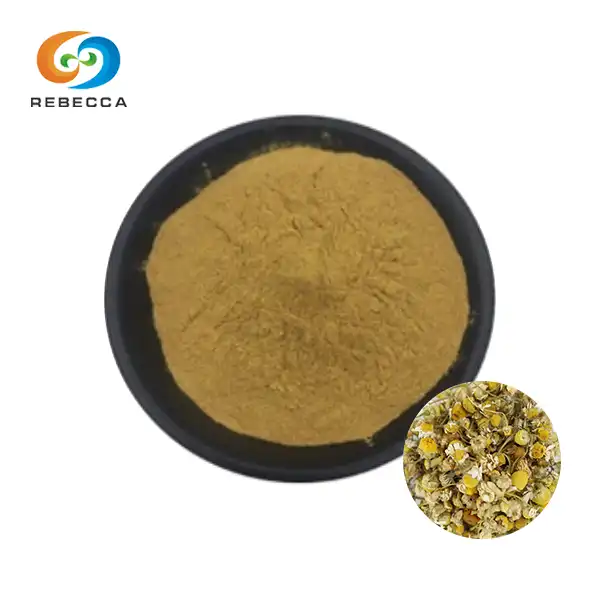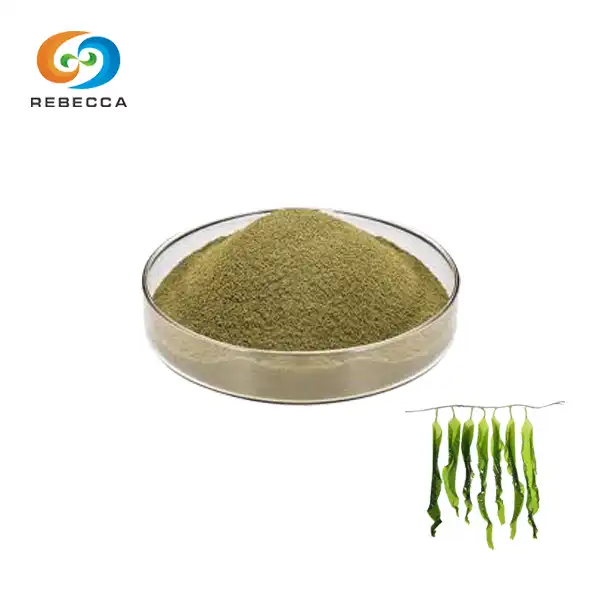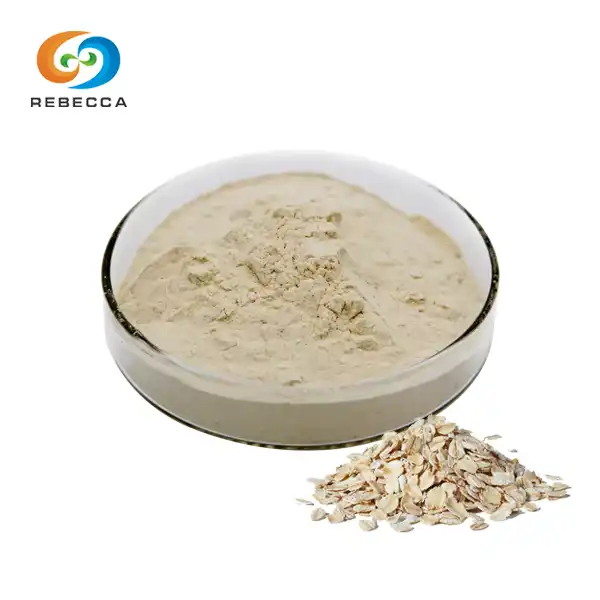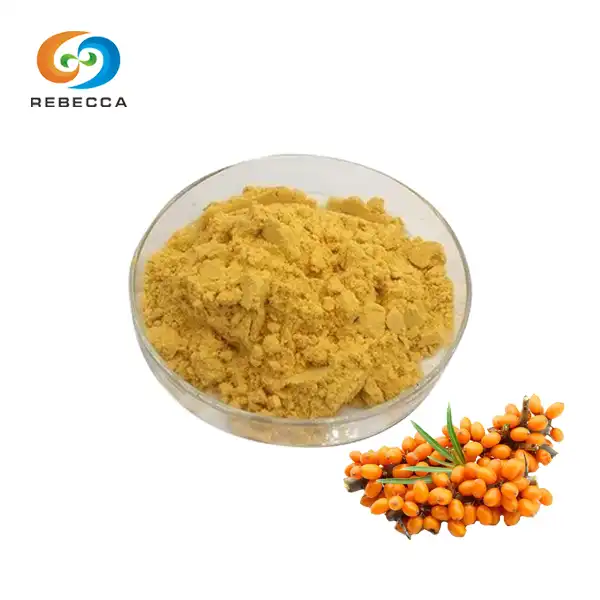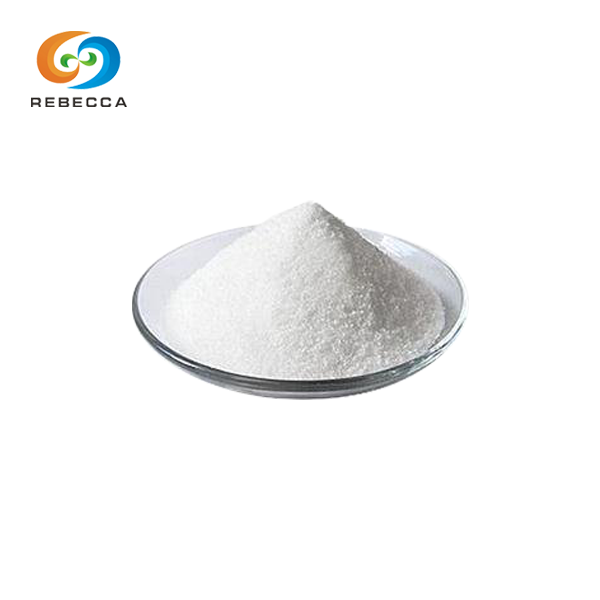Safety of Synthetic L-ergothioneine
L ergothioneine powder, a naturally occurring amino acid with potent antioxidant properties, has gained significant attention in recent years for its potential health benefits. As the demand for this compound grows, synthetic production methods have been developed to meet market needs.

What is synthetic L-ergothioneine?
Synthetic L-ergothioneine is a laboratory-produced version of the naturally occurring amino acid ergothioneine. This compound is structurally identical to the ergothioneine found in nature, primarily in mushrooms and some bacteria. its synthetic production has become increasingly important due to the growing interest in its potential health benefits and the limited availability of natural sources.
The process involves a series of chemical reactions that mimic the biosynthetic pathway found in nature. Scientists have developed various methods to produce synthetic L ergothioneine, with the goal of creating a pure, consistent, and scalable product. These methods typically involve the use of precursor molecules and carefully controlled reaction conditions to ensure the final product matches the chemical structure and properties of natural ergothioneine.
One of the advantages of synthetic ergothioneine is the ability to produce it in large quantities without relying on natural sources. This is particularly important given that ergothioneine is not produced by the human body and must be obtained through diet or supplementation. Synthetic production allows for greater control over purity and consistency, which is crucial for its use in dietary supplements and potential pharmaceutical applications.

Is synthetic L-ergothioneine as safe as natural sources?
The safety of synthetic L-ergothioneine has been a topic of extensive research and regulatory scrutiny. Numerous studies have been conducted to compare the safety profile of synthetic ergothioneine with its naturally occurring counterpart. The consensus among researchers is that synthetic ergothioneine, when produced under controlled conditions and to high purity standards, is as safe as pure l ergothioneine from natural sources.
One of the key factors in assessing safety is its chemical identity. Advanced analytical techniques, such as nuclear magnetic resonance (NMR) spectroscopy and mass spectrometry, have confirmed that synthetic ergothioneine is structurally identical to its natural form. This structural equivalence suggests that the body would process and utilize synthetic ergothioneine in the same manner as it does the natural compound.
Several toxicological studies have been conducted to evaluate its safety. These studies have included acute toxicity tests, sub-chronic toxicity assessments, and genotoxicity evaluations. The results have consistently shown that synthetic L-ergothioneine exhibits a safety profile comparable to that of natural ergothioneine. No significant adverse effects have been observed in these studies, even at doses far exceeding typical dietary intake or supplement recommendations.
Furthermore, the European Food Safety Authority (EFSA) has conducted a comprehensive safety assessment of synthetic ergothioneine. In 2016, the EFSA Panel on Dietetic Products, Nutrition, and Allergies concluded that synthetic L-ergothioneine is safe for use in food supplements for adults, excluding pregnant and breastfeeding women, at doses up to 30 mg per day. This assessment provides additional confidence in the safety when used as directed.

How is synthetic L-ergothioneine tested for safety?
The safety testing of synthetic L ergothioneine powder involves a comprehensive battery of tests and assessments to ensure its suitability for human consumption. These tests are designed to evaluate various aspects of the compound's safety profile and are typically conducted in accordance with international guidelines and regulatory requirements.
One of the primary methods for assessing the safety is through in vitro toxicity studies. These studies involve exposing cell cultures to varying concentrations of the compound to evaluate its potential cytotoxic effects. Researchers use a range of cell types, including human and animal cells, to assess their impact on cell viability, proliferation, and function.
In vivo studies are also crucial in evaluating the safety of synthetic ergothioneine. These studies typically involve animal models and are designed to assess the compound's effects on various physiological systems. Acute toxicity studies help determine the maximum tolerated dose, while sub-chronic and chronic toxicity studies evaluate the long-term effects of repeated exposure. These studies monitor a wide range of parameters, including body weight, food consumption, clinical chemistry, hematology, and histopathology.
Genotoxicity testing is another critical component of the safety assessment process. These tests evaluate the potential of synthetic L-ergothioneine to cause DNA damage or mutations. Standard genotoxicity assays, such as the Ames test and chromosomal aberration tests, are typically employed to assess the mutagenic potential of the compound.
Absorption, distribution, metabolism, and excretion (ADME) studies are also conducted to understand how synthetic ergothioneine is processed by the body. These studies provide valuable information on the compound's bioavailability, tissue distribution, metabolic pathways, and elimination routes. Understanding the ADME profile of synthetic ergothioneine helps ensure that it behaves similarly to its natural form in the body.
In addition to these specific safety tests, manufacturers of synthetic ergothioneine must adhere to strict quality control measures throughout the production process. This includes rigorous testing for purity, identity, and potential contaminants. Advanced analytical techniques, such as high-performance liquid chromatography (HPLC) and mass spectrometry, are employed to ensure the final product meets stringent quality standards.

L Ergothioneine Powder Manufacturer
The safety profile of synthetic L-ergothioneine, supported by extensive research and regulatory assessments, demonstrates its potential as a valuable ingredient in the health and wellness industry. As a powerful antioxidant with unique properties, it offers promising benefits for various applications, from dietary supplements to potential pharmaceutical uses.
As a professional L ergothioneine powder manufacturer based in China, Rebecca Bio-Tech boasts an impressive annual production capacity exceeding 30,000 kilograms. Their commitment to quality and innovation makes them a reliable source for this valuable compound.
To learn more about Rebecca Bio-Tech's L-ergothioneine powder offerings, including detailed product specifications, sample requests, or discussions about custom requirements, please don't hesitate to reach out. You can contact their knowledgeable team at information@sxrebecca.com. Their expertise and dedication to customer satisfaction ensure that you'll receive the support and information needed to make informed decisions about incorporating pure l ergothioneine into your products or research initiatives.
References:
- Cheah, I. K., & Halliwell, B. (2012). Ergothioneine; antioxidant potential, physiological function and role in disease. Biochimica et Biophysica Acta (BBA)-Molecular Basis of Disease, 1822(5), 784-793.
- Servillo, L., Castaldo, D., Casale, R., D'Onofrio, N., Giovane, A., Cautela, D., & Balestrieri, M. L. (2015). An uncommon redox behavior sheds light on the cellular antioxidant properties of ergothioneine. Free Radical Biology and Medicine, 79, 228-236.
- Schauss, A. G., Vertesi, A., Endres, J. R., Hirka, G., Clewell, A., Qureshi, I., & Pasics, I. (2010). Evaluation of the safety of the dietary antioxidant ergothioneine using the bacterial reverse mutation assay. Toxicology, 278(1), 39-45.
- EFSA Panel on Dietetic Products, Nutrition and Allergies (NDA). (2016). Safety of synthetic L‐ergothioneine as a novel food pursuant to Regulation (EC) No 258/97. EFSA Journal, 14(11), 4629.
- Hseu, Y. C., Lo, H. W., Korivi, M., Tsai, Y. C., Tang, M. J., & Yang, H. L. (2015). Dermato-protective properties of ergothioneine through induction of Nrf2/ARE-mediated antioxidant genes in UVA-irradiated Human keratinocytes. Free Radical Biology and Medicine, 86, 102-117.
